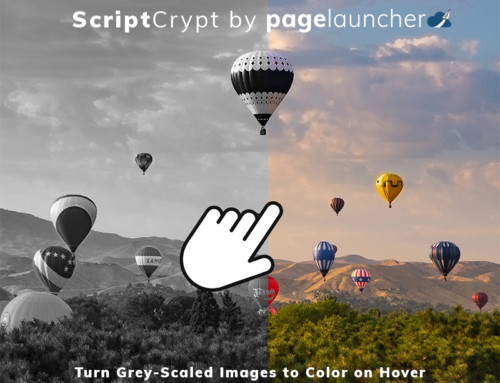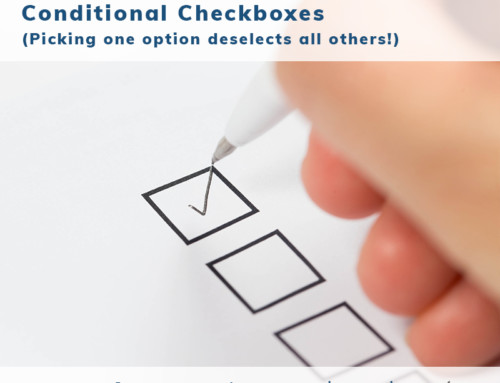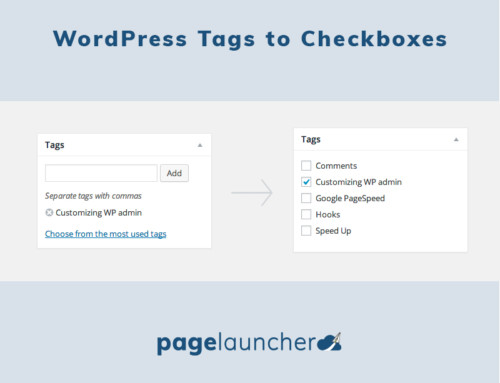![[PL] blog – branding](https://pagelauncher.com/wp-content/uploads/2012/01/PL-blog-branding.jpg)
The word branding gets thrown around a lot in the world of business. It means lots of things to lots of different people. To boil all of those definitions down, branding is the identity of a business or a person. Branding includes everything that you deem to be part of your reputation and/or identity. It starts with a name (ie: Nike, Apple, Adidas, etc.). Then, in most cases, there is a logo or signature (the swoosh/the apple/three diagonal stripes on sports gear/an actual autograph). From there, it is the actions, organization, character, and results that earn one’s brand. But how?
The easiest example I can think of to illustrate a wonderful job of branding is the Disney Corporation. When I say, “Disney”, what immediately pops into mind? I don’t even need to add an image for you to picture the images that they have worked hard to develop into a household name: Walt’s signature, the three-circle-Mickey symbol, Mickey, Walt, Cinderella’s Castle, one of the other characters they have developed. Then you think of what the organization stands for, its core values: cleanliness, friendliness, safety, creativity, childhood, playfulness, smiles, happiness, dreams coming true.
None of these thoughts are an accident. Disney has worked very hard for many years to be consistent within their corporate expression of these core values. Throughout all of their movies, hotels, theme parks, documentation, and customer service the messages are unified to support their designed core values set forth by Walt Disney during the company’s development. In fact, when you call to place reservations for a vacation, the operator has to use certain words and characters to confirm spelling (the Disney alphabet uses characters and locations straight from Disney themes) and has required responses to given inputs. Every character is trained for weeks to sign autographs just the way that character signs it, so that every time anyone gets an autograph from a “Mickey”, it looks exactly the same. Further, all employees of Disney are called “cast members” rather than employees. Areas that are not available to the public are called “back stage”. Cast members are to be on their best behavior, and “in character”, any time they are “on stage”. Any deviation from behavior that supports the Disney brand is expressly forbidden “on stage”, and is punishable by termination because it would stand out to the guests of the resort. Disney excels at branding because they take their reputation seriously. You can and should too.
When someone thinks about your organization, they are thinking about your brand.What are they saying about you? What do you wish they were saying?
Let PageLauncher help you make the transition from where you are to where you want to be. Contact us today!




